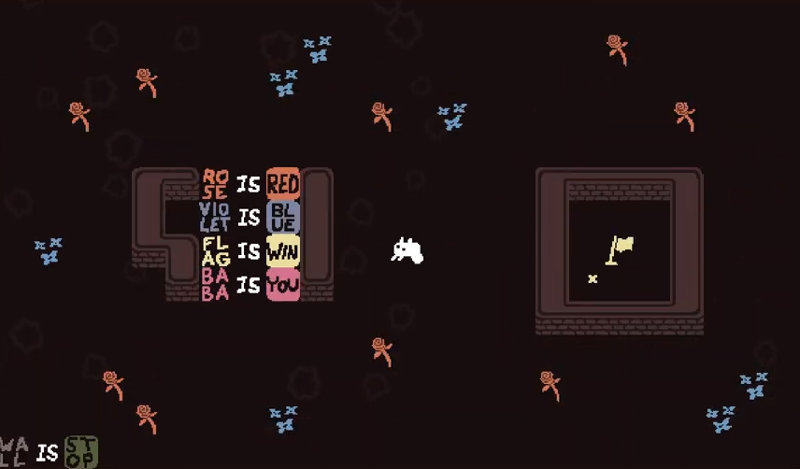Spoiler warning: This post contains early-game spoilers for The Witness and Baba Is You. If you can, I would recommend playing the games yourself first, but I tried not to spoil any of the later-game stuff.
A few years ago, I played The Witness. The Witness is a first-person puzzle game where you explore a mysterious island. On the island there are several hundred little panels, each one containing a maze-like diagram that looks like this:
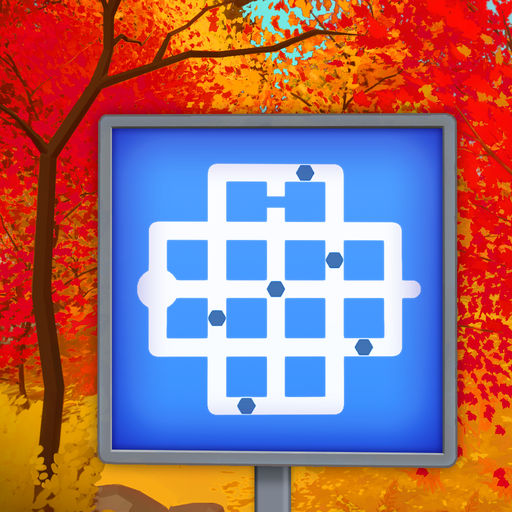
You solve a panel by clicking on it and drawing a line from the starting circle to the exit notch. The goal is to walk around, explore the island, and solve all the puzzle panels.
Currently, I am playing Baba Is You. Baba Is You is a tile-based Sokoban-like game where you move and push around objects. Short rules determine how things work in each level, and these rules are themselves physical objects that can be manipulated and changed. The goal is to "win" each level (what exactly it means to "win" is defined by each level's rule set).
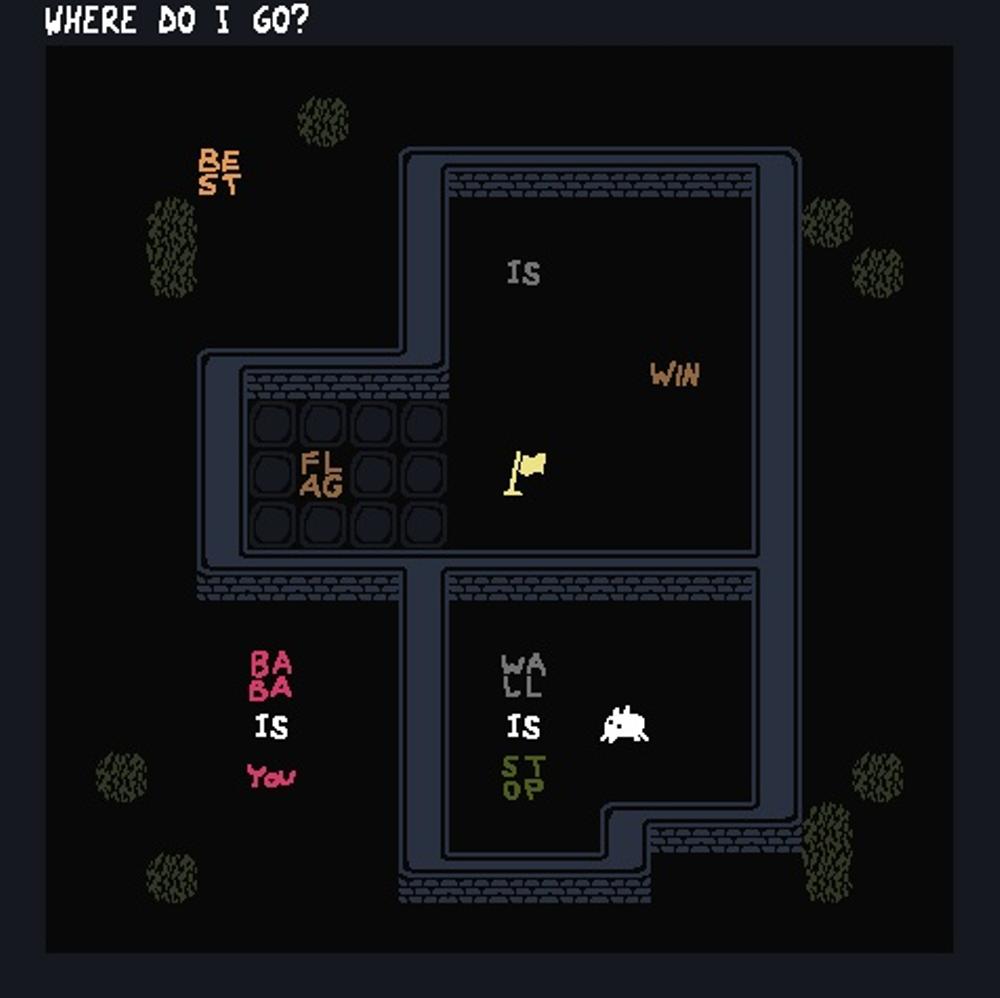
Both of these are puzzle games. Both require a sort of abstract reasoning about the game's internal logic, which I found very fun. Loosely, they are about the same idea: what if the rules were the puzzle? But beyond that, they are very different games. They each take the idea of "rules as puzzle" and do something very different with it. For this post, I want to investigate how each game uses rules to create a unique experience.
Rules in The Witness
Here is a video of the first five minutes of The Witness:
(You can skim through it)
Note that there is no text, and basically no instruction aside from a graphic of the mouse with the left button highlighted. This is the real central puzzle mechanic of The Witness: you have to figure out everything yourself. More specifically, the actual puzzles are figuring out what the rules of the puzzles are. The execution (drawing the line from the start to the end) is usually pretty easy. The tricky part is figuring out the constraints you need to satisfy with the path you draw.
This pattern continues throughout the game. In each area, there are some simple introductory puzzles designed to guide you to figuring out the main gimmick for that section. For example, one part is about controlling two lines in parallel and getting them both to an endpoint. After this basic rule is taught, you must discover the variation that each puzzle adds- maybe each line has to satisfy a different constraint, or maybe one of the lines is invisible. This is all taught with the vaguest, most cryptic possible hints, so that you slowly figure out the rules over the course of each section. To know the rules of the puzzle is to solve the puzzle.
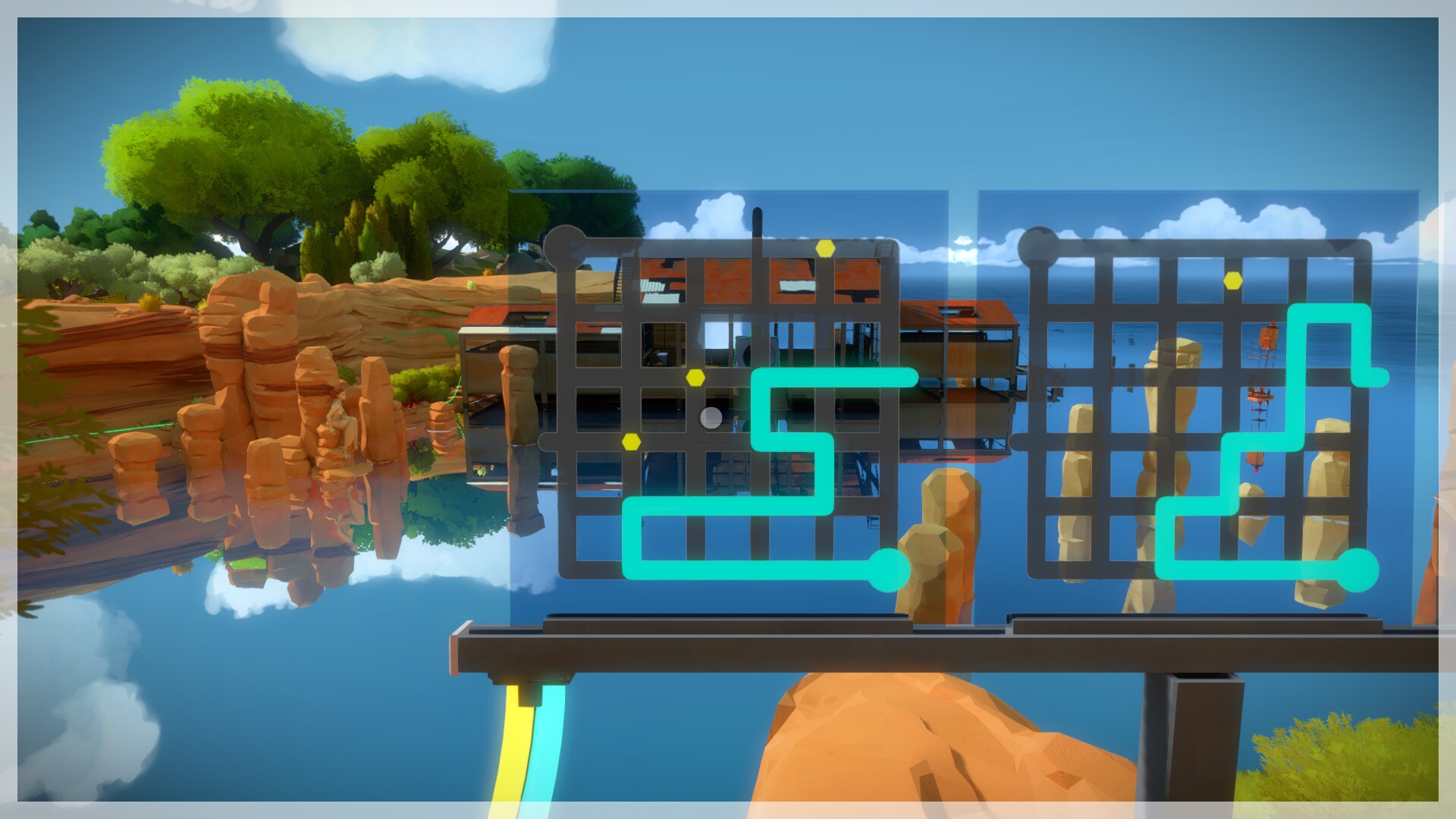
Rules in Baba Is You
Here is a video of the game jam prototype of Baba Is You:
(Note that this isn't the actual game! The real one has better art and sound, and many more puzzles. I just linked to this one to avoid spoilers, since it shows off the mechanics without giving away any of the answers.)
In Baba Is You, the rules could not be more obvious. Each rule is written out clearly in short sentences. If you see the words "ROCK IS PUSH", you know that you can push rocks around by moving into them. If not, you know you can't. It's that simple.
But there's more to it than that. There is actually a secret, unwritten rule in every level that "TEXT IS PUSH". The individual words making up the rule sentences can be pushed around like any other block in the game. And when you change the sentences, the rules of the puzzle change with them. If WALL IS STOP, but you push away the STOP, the rule is broken, and you can walk right through the wall. If FLAG IS WIN but the flag is unreachable, just change it so that ROCK IS WIN instead and now you can beat the level just by touching a rock.
The tricky part in Baba Is You's puzzles is manipulating the rules in order to win. Aside from the first level, almost none of the levels are beatable as presented. You need to figure out how to change the rules, carefully pushing around the text to make new rules that will let you win.
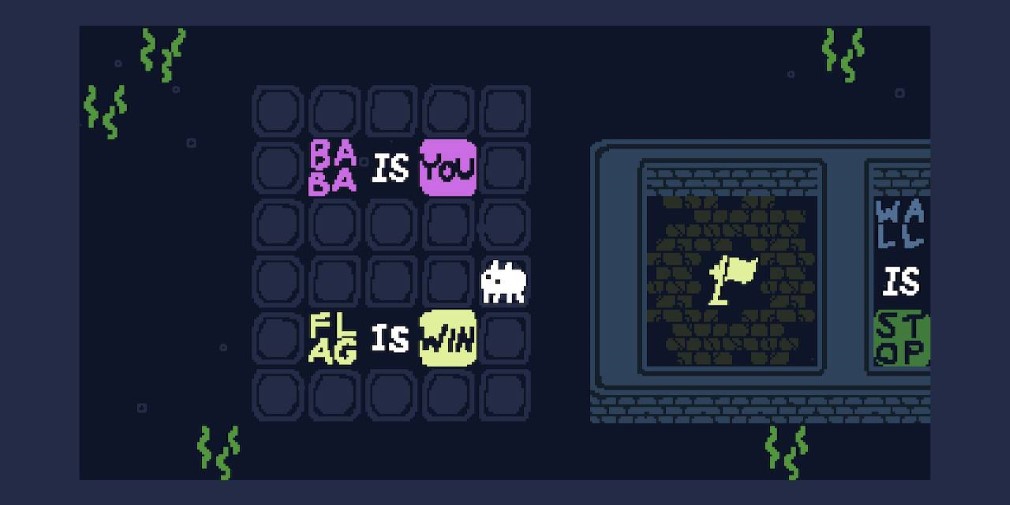
Comparison
Both of these games are about the rules of puzzles. The Witness is about figuring out what these rules are, and Baba Is You is about changing the rules.
In both games, the player is constantly learning something new. The Witness is always introducing new twists on the rules of its puzzle panels, switching out elements as soon as they become familiar. Every individual panel has something new to teach the player. Baba Is You is similar, but how can you teach anything when the player already knows all the rules? Baba solves this by making the teachable moments based around interactions. In one level, you may have to figure out that "[noun] IS [other noun]" is a valid sentence, which will cause objects to change into other types. Or maybe you have to realize that text can be used to indirectly push other objects. Each level contains at least one new insight into how the game's rules fit together. In both games, solving the puzzle is about having an epiphany and discovering something new.
Both games are also somewhat cryptic and existential. In Baba Is You, you can break the rule that BABA IS YOU like you would any other. But this means that... nothing is you? The music cuts out and you are forced to grapple with the realization that you have just removed the concept of your own agency from the video game that you're playing. The Witness has no text, no music, and no other humans aside from the stone figures dotted across the landscape. Some of its puzzles even stretch outside their panels- is the whole island part of the puzzle? Why are the puzzles there? Who are you, anyway?
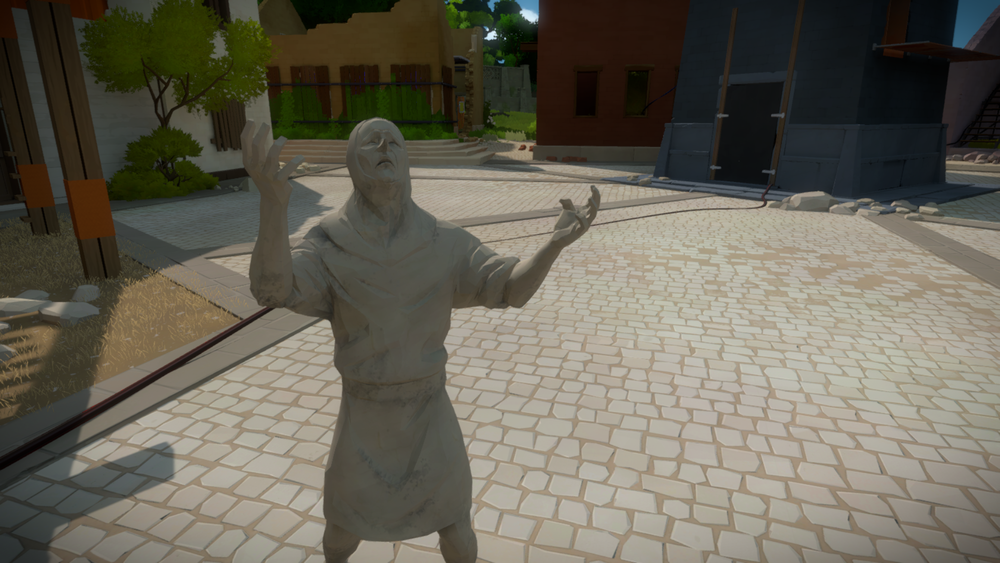
Both games have a sort of abstract nature owing to their unique mechanics. To contrast, look at a game like Portal. You're a test subject, you have a gun that lets you teleport, you want to escape the facility. While Portal is fun, and certainly a great puzzle game, it doesn't make you question reality. Its rules are transparent and fixed- your gun shoots portals, portals teleport you between them, you keep your momentum through portals, etc. and the game explicitly tells you most of these facts. In The Witness the rules are fixed but not transparent, and in Baba the rules are transparent but not fixed. Rules are the very core of a game, and being forced to think and reason about them so deeply is mind-bending and satisfying on a level that is hard for other games to match.
Conclusion
When we think of a game's rules, we usually think of static, unchanging things that the player and designer agree on, things like "press A to make Mario jump," or "a worker can move three tiles in a turn." But that assumption can be broken. It takes a lot of design effort, and requires careful guidance of the player, but treating the rules themselves as core game mechanics can lead to incredible and unique games.
In The Witness, the rules are not told to the player, but they stay the same throughout. In Baba Is You, the rules constantly change, but they are obvious to the player. In most other games, rules are obvious and stay the same. Or are they? If Mario collects a super mushroom, the rules are "changed" so now he can take an extra hit before dying. And there's no text that pops up telling you this fact, you have to figure it out through gameplay. Is Super Mario Bros. a deeper puzzle game than The Witness or Baba Is You? That doesn't feel right.
I think the big difference is one of transparency. In Super Mario Bros., the game is about making a little guy jump around. In Portal, the game is about shooting a gun that teleports things. These games have rules, but only to the extent that they support the main fantasy. Those rules don't feel like rules while you're playing. Of course a bigger Mario would be able to take more damage, that's just how those mushrooms work in his world! But in Baba Is You and The Witness, the rules are the fantasy. The player isn't reasoning about how to make the character interact with the world, the player is reasoning about the exact underlying rules, what they are, and what they need to be. That's why those games feel so different: they're honest about being made of rules.
I don't think all games need to be like this. In many cases, disguising the rules is important to the fantasy- Red Dead Redemption 2 wouldn't make you feel like a cowboy if you were constantly forced to question the basic rules of the universe. But in some cases, abstract puzzle games especially, highlighting the rules like The Witness and Baba Is You can create a wonderfully mind-bending experience.
